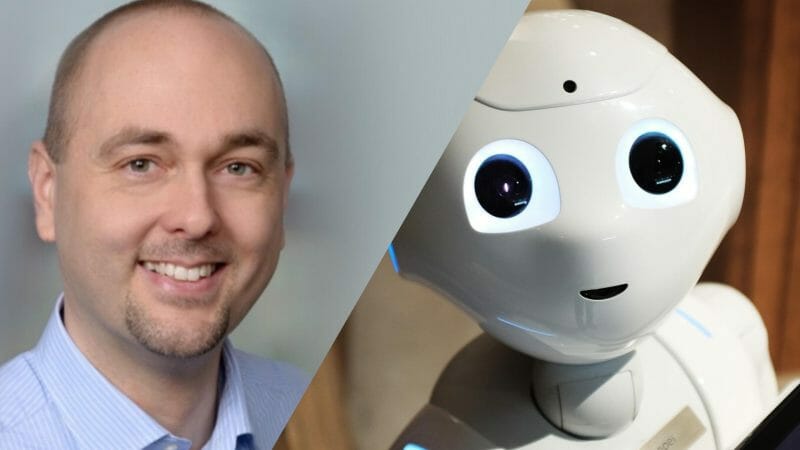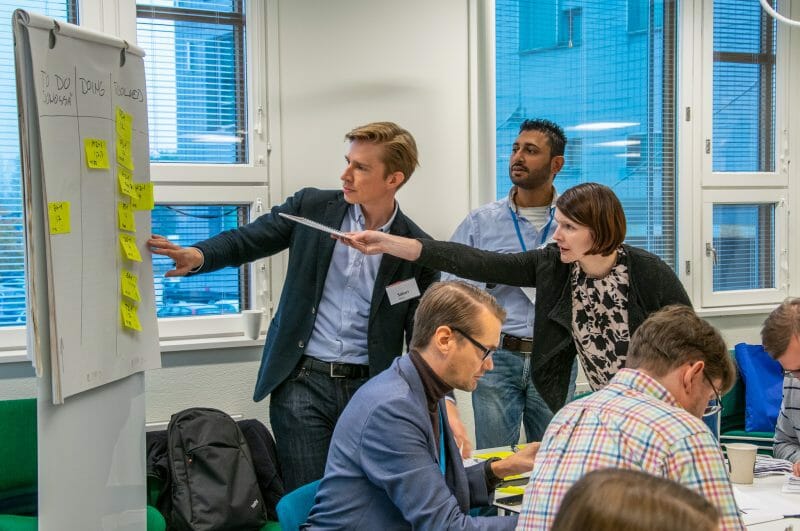What if your computer had eyes?
What is Optical Character Recognition (OCR) ?
You are performing OCR right now without noticing as you scan these words on your screen and process them into meaning. Eyes can recognize the difference between black and white and are able to detect different characters. Once the characters are detected we can read those and understand the meaning. Our brain is an admirable OCR engine where it can process thousands of characters and symbols from multiples languages and multiple fonts. At Sofigate, we bring this ability to computers by partnering up with the leading enterprise OCR software, ABBYY and integrating its capabilities with automation services (RPA).
OCR stands for Optical Character Recognition which is the process of extracting textual content from images. It can be considered as the reverse process of printing a document. Printing a document is very easy compared to extracting content from a printed document into computer processable format. First, the printed document needs to be scanned in order to make that processable by the computer. Once the scanned image is ready, the OCR library needs to scan the image and convert each letter, number, and symbol to raw text using a proper encoding method.
Benefits of OCR
OCR technology is used in many domains such as legal, healthcare, news and media, financial and banking services, etc. OCR has enabled scanned documents to become more than just image files, by turning them into fully searchable documents with text content that is recognized by computers. OCR eliminates the manual data entering processes to create databases for analyzing purposes which has huge cost-saving and labor-cutting potential. Moreover, OCR enables searchability, editability, accessibility, and storability as well. With the development of smartphone technology, more applications for OCR technology are constantly evolving.
Following are a few very popular applications of OCR technology:
- Handle cheque clearances in banking
- Digitize legal documents to analyze quickly
- Digitize patient reports to construct patient history profiles
- Extract values from invoices to update the inventories
OCR is a great piece of technology which opens the gate for whole new innovative solutions. Just as RPA (Robotic Process Automation) tools solve the problems of human processing, so does OCR solve the problems of human data entry. In short, this technology uses a slew of visual, linguistic, and statistical techniques to quickly turn pictures of text into actual digital text. Bottom line: its orders of magnitude are faster, more accurate, and more cost-effective than the human brain.


